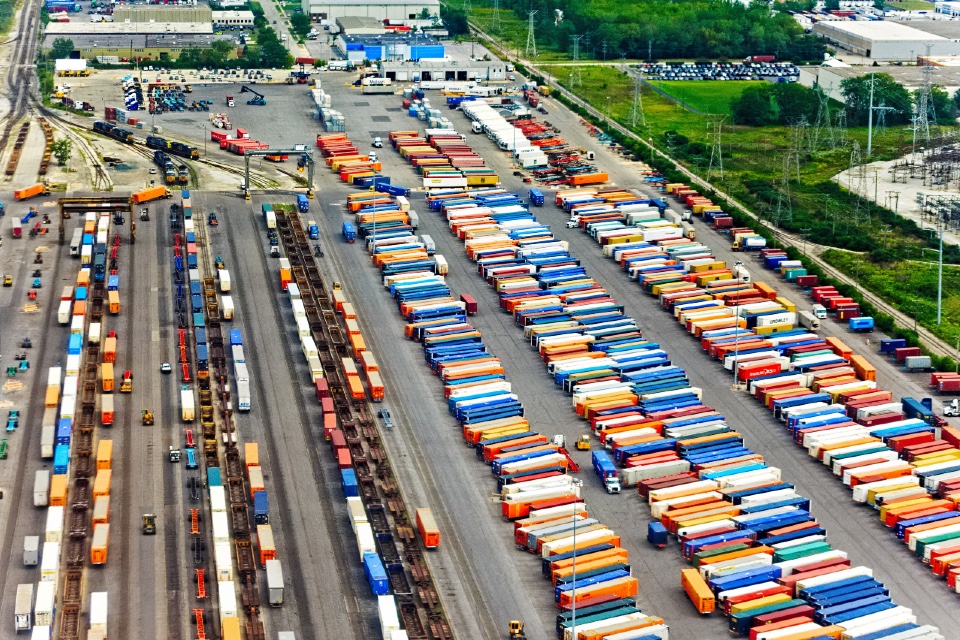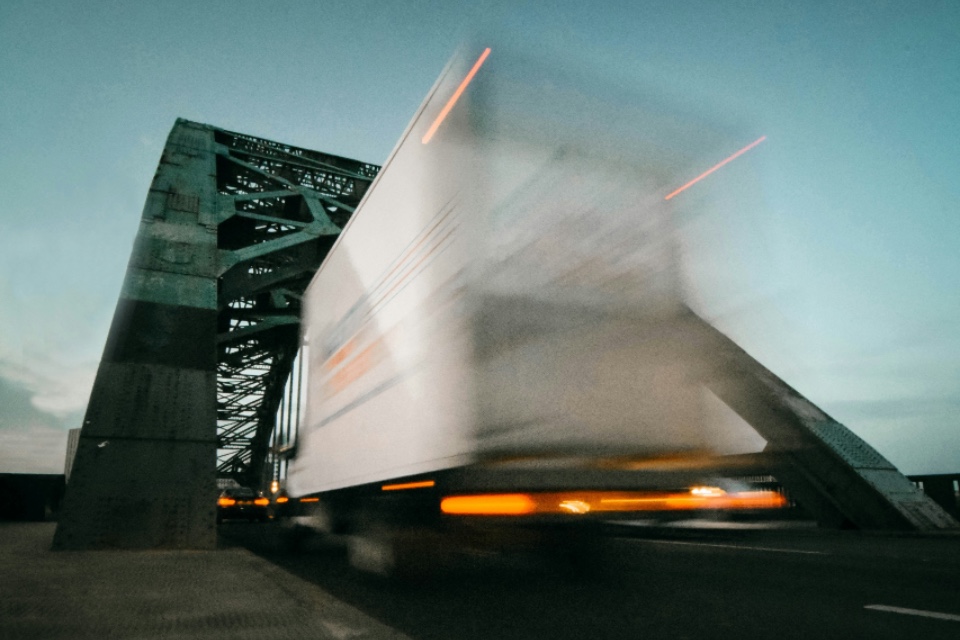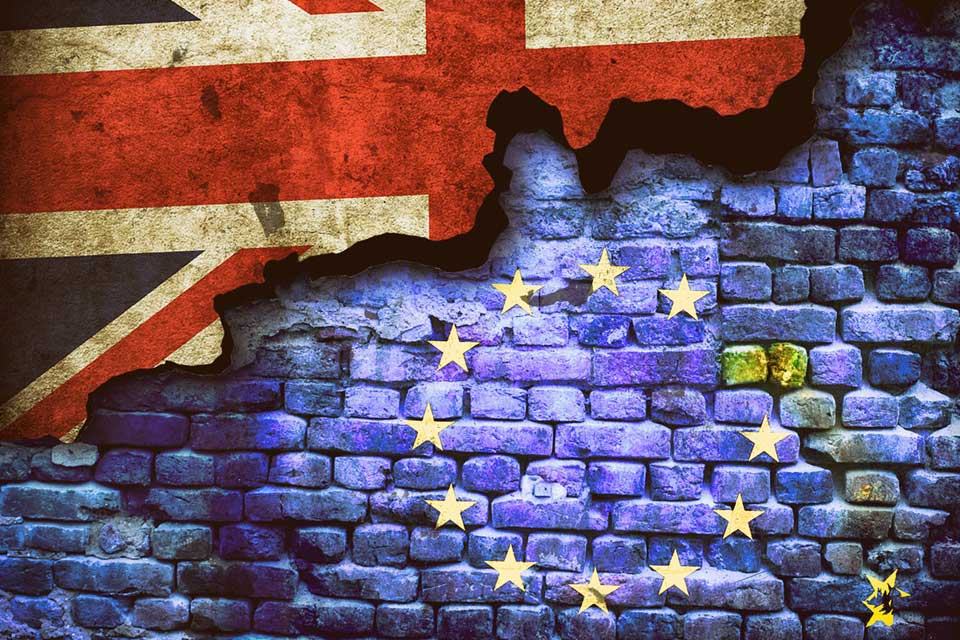By Serge Schamschula, Head of Ecosystem at Transporeon
In light of the European Commission’s recent ambitious proposals to enhance the sustainability and efficiency of freight transport across Europe, the need to decarbonise has reached a critical juncture. This urgency is fueled by the growing concerns of the British public regarding the climate crisis. Consequently, all stakeholders in the UK’s freight industry must be prepared to elucidate the steps they are taking to combat climate change.
To embark on this journey, companies first need to understand precisely how much carbon they’re responsible for emitting, which is no small feat, especially when you consider that any enterprises are yet to adopt a system that effectively measures their scope one emissions (arising from their own production) and scope two emissions (from purchased energy), let alone indirect emissions falling under scope three.
The consequences of all this is that the accuracy of emissions calculations in the logistics transportation industry is mixed at best. While some companies endeavour to calculate their own emissions, others rely on generic industry averages, resulting in discrepancies of up to 55% even within the context of similar full truckloads.
The ascendance of offsetting – a simple solution for decarbonising logistics?
In response to the growing complexity of the situation, there’s now an appetite for ‘quick fix’ solutions. And carbon offsetting – the practice of investing in an activity that compensates for greenhouse gas emissions – has emerged as the lead contender.
Nowadays, companies offer a plethora of offsetting opportunities. Popular choices among them include planting trees or purchasing areas of rainforest to protect them from deforestation. So far, so good. But is planting a tree that will take 20 years to grow really enough to offset carbon emissions created today?
In a word, no. While the need for action is immediate, it takes an average of twenty years for a tree to absorb a surplus of CO2 compared to what it releases. This leaves a significant gap in addressing the urgency of the climate crisis.
In addition to being easy to implement, offsetting is also very affordable, and in some cases, alarmingly so.. Currently, carbon offsetting starts at just £2 per tonne. To put this in perspective, consider the expense of emitting one tonne of carbon through the European Union’s official Emissions Trading Scheme. In this scheme, companies can purchase permits to exceed a predetermined emission cap. Over the past year, the cost has fluctuated between £65 and £105 per tonne, making it up to 50 times more costly than offsetting.
The logical alternative – tangible carbon reduction measures
While carbon offsetting certainly mitigates unavoidable carbon emissions, it falls short in providing an all encompassing solution for freight decarbonisation. A more robust approach is warranted and shippers, carriers and LSPs are better advised to implement tangible carbon reduction measures.
This starts with measuring emissions as accurately as possible. Only through gaining an understanding of where emissions are coming from, can companies set effective long-term decarbonisation goals as part of a broader strategy that includes a prioritised list of measures and science-based annual reduction targets encompassing scope one, two and three emissions. Additionally, companies should continually assess their progress against these targets and take corrective measures when necessary.
Decarbonisation isn’t just about investing in expensive, cutting-edge technologies. Considerable strides can be made through incremental improvements that enhance operational efficiency. And digitalisation plays a crucial role here. Digital tools are easily deployable and require minimal capital expenditure. They empower companies to curtail carbon emissions by facilitating enhanced data sharing and increasing visibility.Armed with the right data, companies can reduce empty mileage, tackle unnecessary dwell times, educate drivers on sustainable driving practices and combine transport modes intelligently to minimise emissions.
However, digitalisation alone isn’t enough. Today, the ‘secret sauce’ for decarbonisation lies in implementing digital tools within a collaborative network. For example, the industry can drastically reduce empty mileage when different stakeholders work together in a “platform approach” rather than operating in silos.
Looking to the future, the advent of cutting-edge technologies like electric and hydrogen-powered trucks (and even aeroplanes!) will transform the transportation industry and enable freight decarbonisation. Yet, these innovations remain several years away from practical scalability and demand substantial capital investments for their implementation.So, as companies invest in pilot renewable energy projects, it’s also advisable to prioritise the impactful ‘quick wins’ outlined above.
Decarbonising logistics won’t happen overnight and whilst offsetting may appear to be a ‘fast-track’ route to sustainability, the reality is far more nuanced. What is truly required is a multipronged approach that combines short-term efficiency gains, long-term renewable energy projects and some carbon offsetting for unavoidable emissions. This comprehensive strategy paves the way for the industry to embark on a genuinely sustainable path.
Photo by Sam LaRussa on Unsplash







